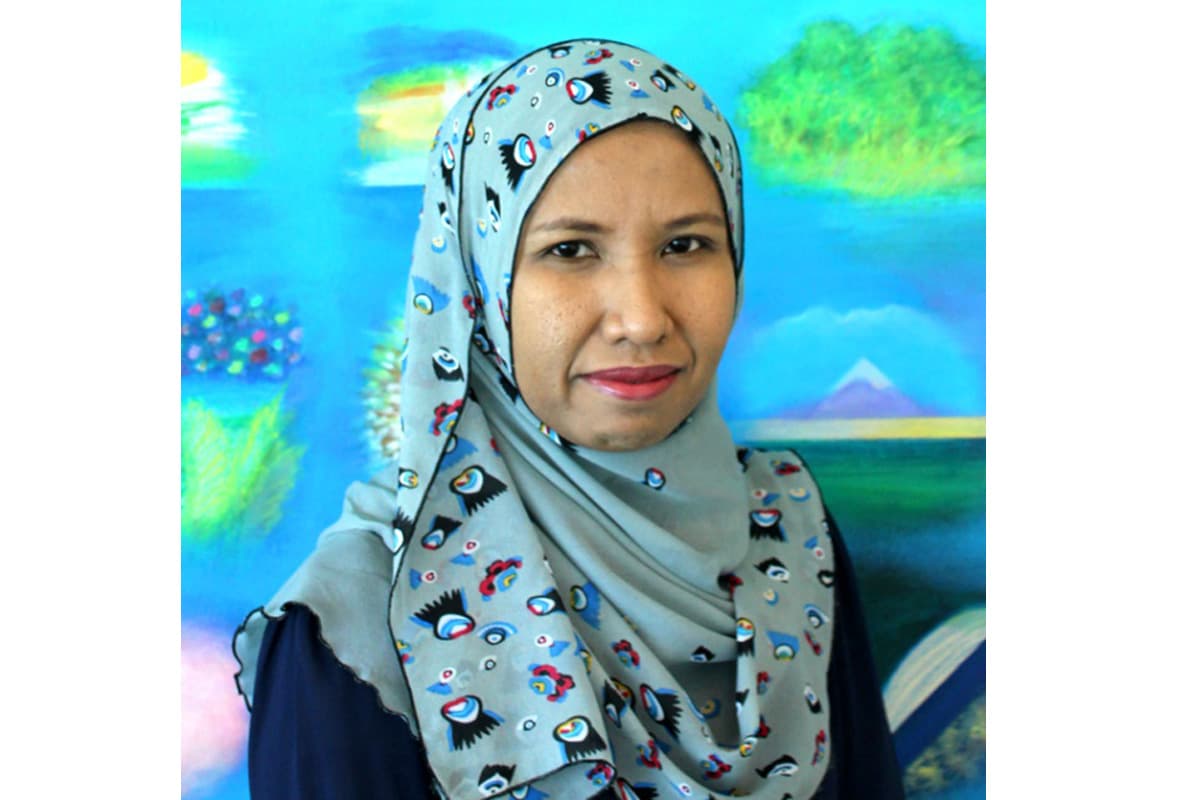
In the capital city of Kuala Lumpur, the newly topped 678.9m tall Merdeka 118 towers over the gleaming high-rises that dominate the skyline. But in the shadow of the city’s rising skyscrapers, vulnerable households hit by job losses and shrinking incomes are struggling to make ends meet.
Khazanah Research Institute Deputy Director of Research Hawati Abdul Hamid says the Covid-19 pandemic serves as a stark reminder that Malaysia’s system still grapples with the issues of coverage and adequacy, with inadequate benefits and insufficient coverage. This is because the country tends to be reactive instead of forward looking when it comes to preventing poverty and addressing vulnerability.
“When we speak about the notion of resilience, we will not be resilient if we don’t have the capacity to protect people against personal and systemic shocks. To build that resilience, we need to build a long lasting ‘system’ not ‘short term relief programmes.” - Hawati Abdul Hamid, Khazanah Research Institute Deputy Director of Research
What Malaysia needs versus what Malaysia has
According to Hawati, what Malaysia really needs is a universal social protection floor to promote equitable access to all. What Malaysia has is a range of programmes that generally rely on targeting mechanisms — and that means many people in need may be left out. Meanwhile, social insurance schemes provided by the likes of the Employees Provident Fund (EPF) and the Social Security Organisation (SOCSO) are finding it challenging to cover workers in the informal sector.
Retirement security, already a longstanding issue prior to the pandemic, is looking increasingly like a pipe dream for many Malaysians due to Covid-19 withdrawal facilities. The “missing middle” — those who are not poor enough to be entitled to social assistance and not rich enough to benefit from tax relief or social insurance — continue to be neglected.
At the macro level, Malaysia is also facing economic, demographic and social challenges. Lacklustre economic growth aside, the country has a fast aging and unhealthy population with high prevalence of non-communicable diseases. This against a backdrop of globalisation, automation, informalisation of jobs and climate change makes social protection both challenging and pressing since the lack of it impedes not only individual welfare but the country's economic and social development.
Going “back to basics”
It is therefore imperative that Malaysia goes “back to basics” and address the core risks that everyone faces over the course of their lives. This includes making sure social security is provisioned to everyone when they are in childhood, when they are out of work and sick, and when they are old, in addition to universal access to education, healthcare and basic amenities. The “protection from cradle to grave” was what Tun Razak envisioned to install inclusively for everyone when he was building the foundation of Malaysia’s modern welfare system half a century ago.
Currently, many social insurance schemes in Malaysia are limited by statutory coverage where specific groups — typically the underprivileged and the privileged — are outlined in the provisions. So the first practical step towards ensuring the “missing middle” is not left out is to amend existing provisions and make sure this is avoided in future provisions.
Hawati, who was a speaker at the EPF’s International Social Wellbeing Conference 2021 last month, says this will also entail a gradual shift from a charity model to a dignity model with “a more nuanced and dynamic understanding of payers and recipients where everyone is exposed to the life shocks at one point or another and social protection systems are meant to serve us and is funded by us”.
The extension of legal coverage, however, does not guarantee effective coverage. To improve the quality and level of benefits, she says Malaysia still needs a universal and coherent system with a well-coordinated mix of contributions by employers, employees and the government from the general public revenue pool.
Building on the NEP
The New Economic Policy (NEP) was conceived by Tun Abdul Razak Hussein 50 years ago with two aims – eradicating poverty irrespective of race and restructuring society by eliminating the identification of race with economic function. While it has had its successes, wealth disparity in the country has continued to expand while inter-ethnic ties are strained.
Hawati says the NEP provides four key lessons. One, a crisis is an opportunity to challenge and change the status quo. Two, Malaysia’s existing state of affairs could be both the symptom and the cause of a (prolonged) crisis. Three, breaking the vicious cycle requires a challenge of pre-existing societal machinery. Four, as clearly laid out by Abdul Razak, Malaysia’s national development plan is not a goal in itself but a means to ensure that “all our people of all races wherever they live, (have access) to the basic amenities of life and to raise their standard of living so that they can live as decent, civilised human beings”.
True to the vision of the NEP that sought to eliminate poverty regardless of ethnicity, she says to build back stronger Malaysia needs to continue upholding this basic promise by making sure no one is sidelined in the provisioning of fundamental social security and social services. It needs to view social protection as an investment in the people and integrate it in the country’s long-term development plan.
“The point is poverty is not static, and everyone is at risk of falling into poverty,” says Hawati. “The pandemic has shown this as a real-life example.”
